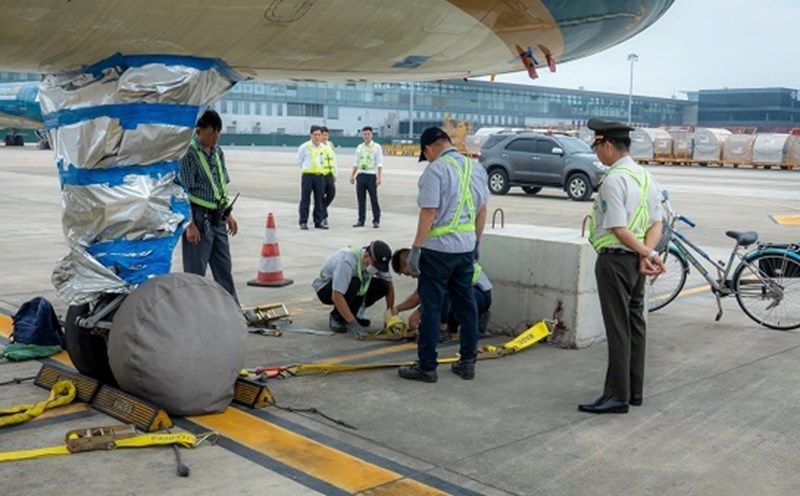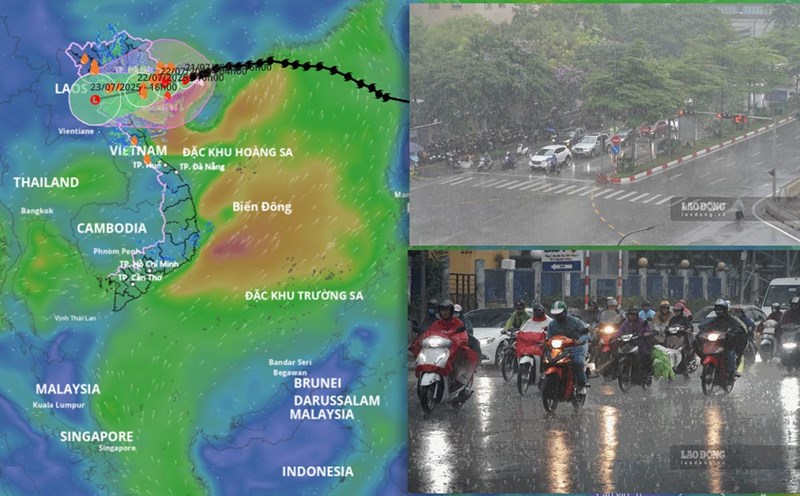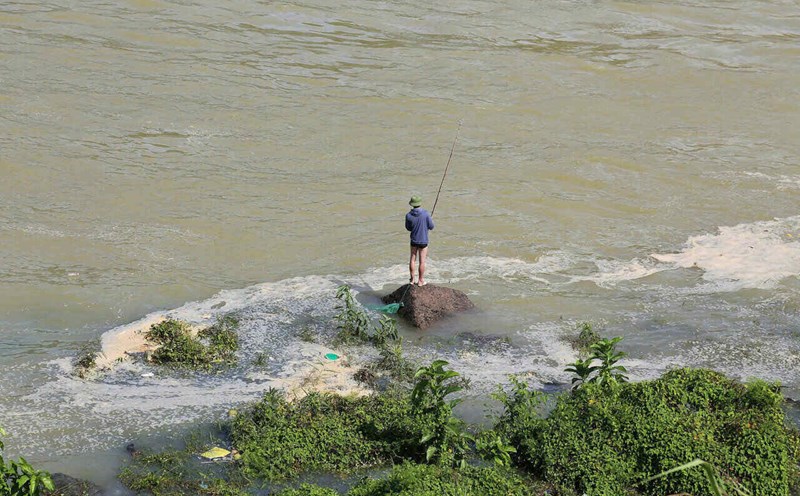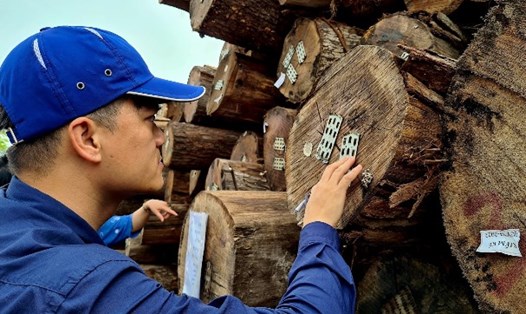Stepping your strategy to enter a demanding market
Vietnam is currently the largest wood and wood product exporter in Southeast Asia and is among the world's leaders in wood processing. However, the added value from domestic planted forests is still low, most of the raw materials are from short-cycle forests such as acacia and eucalyptus, mainly serving the production of wood chips.
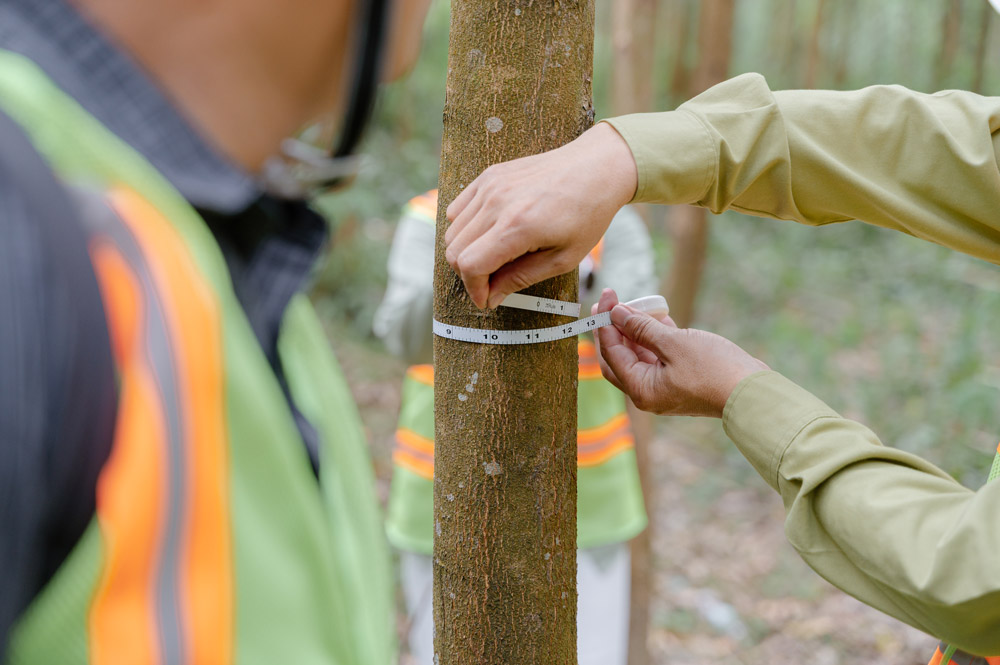
Meanwhile, high-end markets, especially the European Union (EU), are applying strict regulations on traceability, sustainability and environmental responsibility, such as the EUDR.
The EUDR requires all wood products imported into the EU to prove their legal origin, not causing deforestation and have a comprehensive traceability system. The compliance period for large enterprises is from December 30, 2025, and for small enterprises is June 30, 2026.
Grasping that trend, the project " expansion of sustainable forest management and forest certification in Vietnam" (SFM) funded by the German Government through the GIZ Development Cooperation Organization, in coordination with the Ministry of Agriculture and Environment of Vietnam, will be implemented from 2022 to 2025 in three localities: Quang Tri, Gia Lai and Dak Lak.
Gia Lai province, which has strengths in forest resources and is one of the "capitals" of wood exports in the country, was chosen as a key area to implement models of converting to large timber forests.
The two pioneering enterprises, Song Kon Forestry Company Limited and Quy Nhon Forestry Company Limited, have built models to demonstrate long-cycle planted forests, each model is 48 hectares wide.
The special thing is that instead of growing short-term glue, these units combine the intercrop of native trees such as green lim - a precious wood species with high value in the intercropping ecosystem to create a source of high-quality cut wood materials, serving the domestic high-end wood processing industry and for export.
Platform for sustainable traceability and monitoring
To meet the EU's traceability requirements, the development of large timber forests is not enough. Forest management must come with the ability to monitor, report and store information transparently, especially in the context of increasingly expanding forest areas. From practical work in Gia Lai, the two companies Song Kon and Quy Nhon have proven that technology is the solution to that problem.
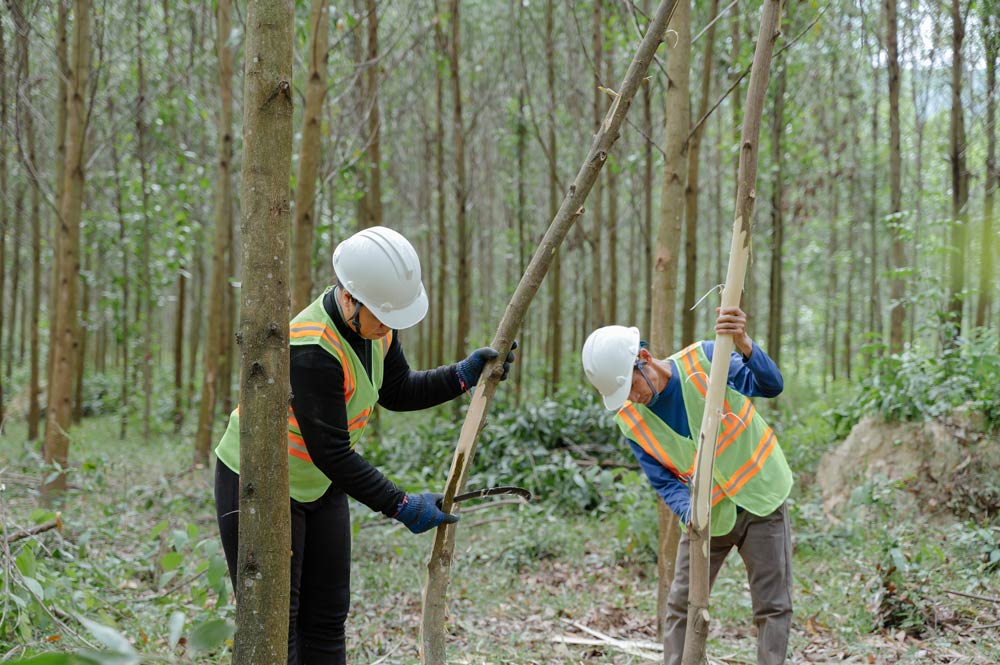
Instead of traditional forest inspection methods that will take human resources, time and easily cause errors, businesses have invested in drones to conduct reconnaissance, take photos and collect data in real time.
The inspection initially required 4 people for 7 days, but now there are only 2 people for 2 days with an area 10 times larger.
In addition, platforms such as INATrace and DIASCA are also being tested at models in the SFM project. These are digital traceability systems, allowing the recording of information from forest growers to processing and exporting enterprises.
Each piece of wood can be traced back to the forest lot, planting time, management unit and farming techniques - accurately meeting the requirements of EUDR.
Technology helps manage effectively, but the human factor, especially the local community, is the long-term foundation for sustainable forest development.
What is happening from Gia Lai shows that, to develop sustainable forestry, it is necessary to go hand in hand with three pillars - converting forestry models, applying technology and connecting the community.
The SFM project is continuing to coordinate with localities and central agencies to complete the legal framework, design financial plans and build a business model in line with a sustainable supply chain.
Once the performance locations are successful and expanded, Vietnam will have enough conditions to affirm its position in the global wood market, not by quantity, but by quality, environmental responsibility and transparency of the supply chain.
That is the "green passport" for Vietnamese wood to reach out to the world through a sustainable development path.





